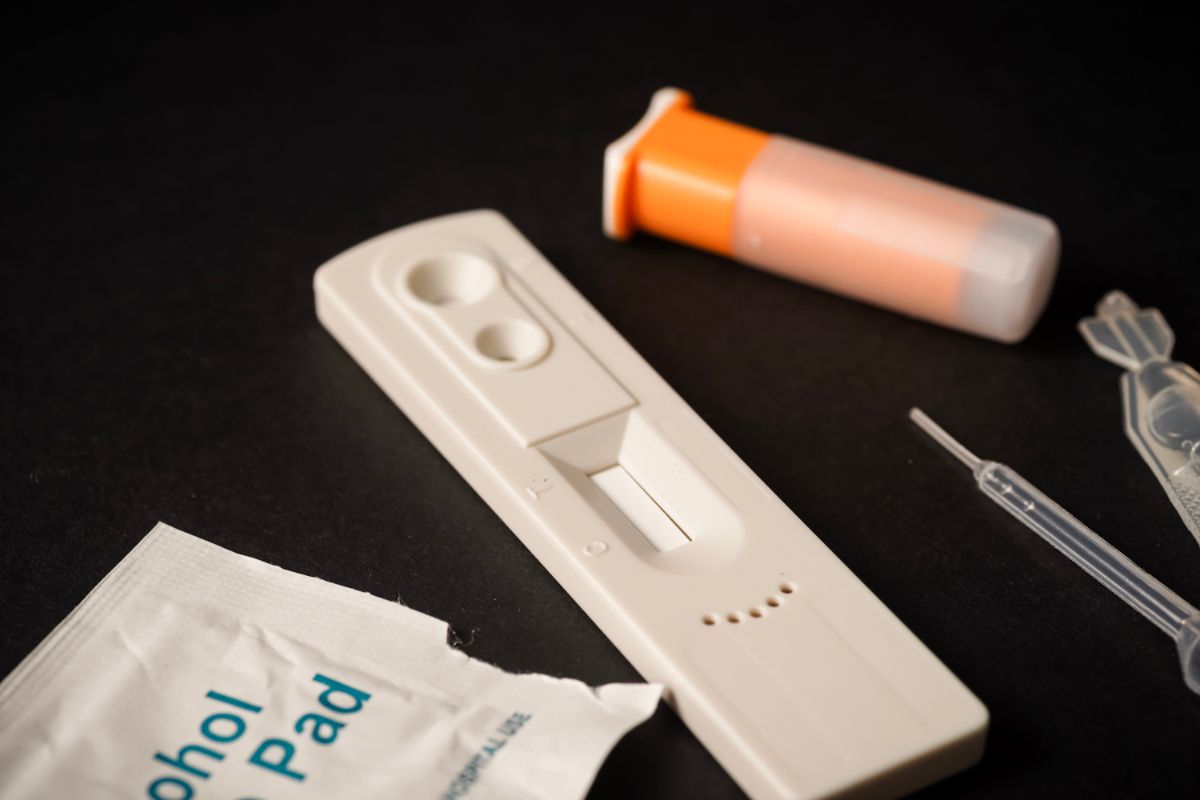Getting an HIV-positive test result back from your doctor or health professional can feel like one of the worst things that could happen to you. The HIV and AIDS Crisis of the 1980 and early 90s is still fresh in many people’s living memory, and the number of people that are infected with HIV and AIDS continues to climb every year.

And whilst it is not nearly as much of a death sentence today as it was 40 years ago, it is still a long-term health risk that can be a serious complicating factor if it is not constantly monitored.
However, on rare occasions (and they are VERY rare), there can be the occasional positive result that turns out to be a false result. These cases are few and far between, but they are important to catch. Not just for your mental health and wellbeing, but also to figure out what else might have caused this kind of result to happen.
Whilst you will work closely with your doctor to figure out and understand what may have caused a false positive, it is possible to know some of the causes beforehand, so that you have an idea of what to discuss with your doctor when you meet them next for your results.
This is why we have compiled this article for just such an event! In this guide, we are going to explain what a false negative test is exactly, as well as outline some of the things that can cause you to have one of these results in your HIV tests.
What Is A False Positive?
To put it simply, a false-positive test result is when a person who is not carrying the HIV receives a positive result back.
When you are tested for the presence of HIV (see also ‘When Is A HIV Test Conclusive? Everything That You Need To Know‘), the professional or whoever is conducting the test will be looking for the presence of antibodies that can be found in your body. More specifically, it is looking for the presence of antibodies that the body produces in response to the presence of HIV.
Although unlikely, the antibodies of another disease can yield a false-positive result, or even other health complications that interfere with the body’s immune system.
Often, when a result yields a positive result the first time, there will likely be several extra tests, to determine for sure if the first result was correct or not. More often than not, a doctor will refer to the results of the first test as ‘reactive’ rather than outright positive.
This is to make their patient less nervous and to reassure them that there is more than one reason a test can technically come back as ‘positive’, aside from simply having HIV.
Causes For A False Result
There can be several reasons why a test result can come back as reactive. These reasons can be anywhere from when the test was taken, what type of test was used, or other underlying health conditions that you already have
Test Timing
One of the major things that can affect the result of an HIV test is how soon after contracting the virus you get tested. If you test immediately after you have contracted HIV, you are likely to yield a false-negative result from it.
This is because your body has not yet had time to respond and create the appropriate antibodies needed to react to an HIV test.
This is often why doctors when they are going to carry out the appropriate test, there will often be a window period that they need to account for.
With this in mind, if you are concerned that you may have contracted HIV in the last few days, make sure that you do not relax if the initial test comes back negative.
Monitoring HIV in its early stages is vital to keeping it in check before its effects become more apparent. Stay in contact with your health professional, and make sure to test regularly if and when you can.
Type Of Test Taken
Whilst most HIV antibody tests, usually known as ELISA tests, have an incredibly fast and accurate rate for screening the virus, there are some cases where the result that is sent back isn’t entirely accurate.
For example, if HIV is being tested through testing a sample of oral fluid or a drop of blood from a finger-prick test, the result was altered.
One of the most common examples of this is children who take the HIV test whilst they are also undergoing some form of longstanding antiretroviral therapy. In these situations, the test result will often come back as false negatives.
And this isn’t even counting the number of ways a sample can be used wrong. Human error can have a big effect on a test result.
Other Interfering Health Conditions Making A False-Positive Result
Of course, many people often wonder if having another health condition will also affect whether or not an HIV test result is a false positive. Quite often, how antibodies interact with other diseases can leave a very similar effect to antibodies that target aids.
Among the several diseases that can create a false positive are:
- Other diseases target the immune system in other ways, such as rheumatoid arthritis or lupus.
- Other types of Sexually Transmitted Diseases (STI) can also cause a false positive, such as if a patient has syphilis.
- Lyme disease is also known to create false-positive results in patients.
- Alternatively, vaccinations for certain diseases can also yield false positives, such as flu shots or vaccines for hepatitis B.
Final Thoughts
As you can see, many things can cause a test result to come back as positive or negative. So, before you start planning your next steps for your health, make sure that you know what you are dealing with.
- Understanding Male Reproductive Health: A Complete Guide - February 2, 2025
- Simple Healthy Skin Habits for Radiant Skin - December 6, 2024
- Unlocking the Connection Between Nutrition and Mental Health - December 3, 2024








